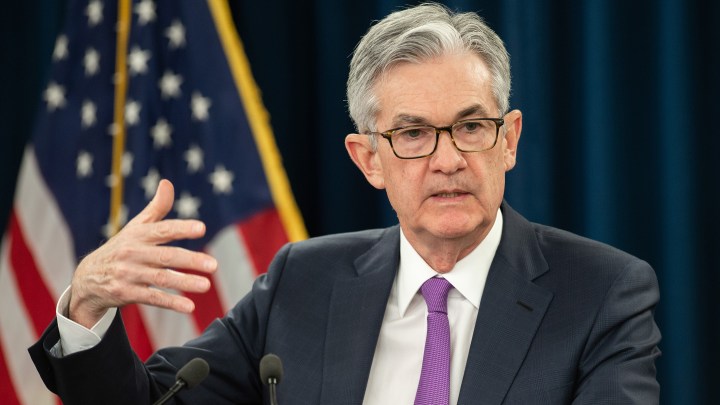
Fed cuts key rate in its first reduction in more than decade
Share Now on:
Fed cuts key rate in its first reduction in more than decade

The Federal Reserve cut its key interest rate Wednesday for the first time in a decade to try to counter threats ranging from uncertainties caused by President Donald Trump’s trade wars to chronically low inflation and a dim global outlook.
The Fed also repeated a pledge to “act as appropriate to sustain the expansion” — wording that the financial markets have interpreted as a signal for possible future rate cuts.
The initial reaction in the financial markets was muted. Stocks fell slightly after the Fed issued its statement at 2 p.m. Eastern time.
The central bank reduced its benchmark rate — which affects many loans for households and businesses — by a quarter-point to a range of 2% to 2.25%. It’s the first rate cut since December 2008 during the depths of the Great Recession, when the Fed slashed its rate to a record low near zero and kept it there until 2015.
The economy is far healthier now despite risks to what’s become the longest expansion on record.
The Fed’s action Wednesday was approved 8-2 vote, with two dissents: Esther George, president of the Fed’s Kansas City regional bank, and Eric Rosengren, head of the Boston Fed, wanted to keep rates unchanged.
It was the first time there have been as many as two dissents since December 2017 and suggested that Chairman Jerome Powell may face opposition if he seeks further rate cuts this year.
Compared with when the Fed previously cut rates more than a decade ago, the economy is now solid by most measures, if not spectacular. Consumers are spending. Unemployment is close to a half-century low. A recession hardly seems imminent.
Yet the Fed under Powell has signaled that rising economic pressures, notably from Trump’s trade wars and from weakness in Europe, Asia and elsewhere, have become cause for concern. So has an inflation rate that remains stubbornly below the Fed’s 2% target level.
So the Fed has decided that a rate cut now — and possibly one or more additional cuts to follow — could provide a kind of insurance policy against an economic downturn.
The idea is that lowering its key short-term rate could encourage borrowing and spending and energize growth. Wall Street has welcomed that prospect with a stock market rally since the start of the year.
There’s a lot happening in the world. Through it all, Marketplace is here for you.
You rely on Marketplace to break down the world’s events and tell you how it affects you in a fact-based, approachable way. We rely on your financial support to keep making that possible.
Your donation today powers the independent journalism that you rely on. For just $5/month, you can help sustain Marketplace so we can keep reporting on the things that matter to you.












